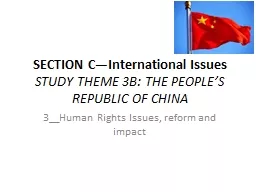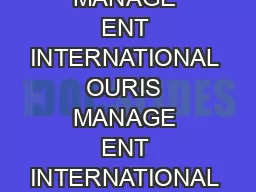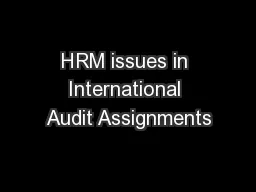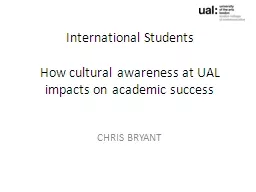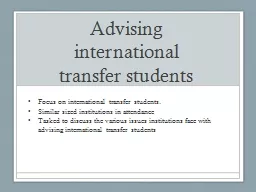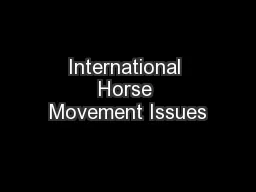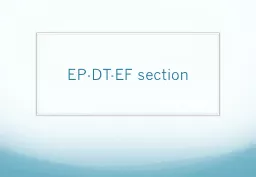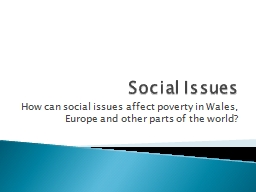PPT-SECTION C—International Issues
Author : pasty-toler | Published Date : 2017-08-11
STUDY THEME 3B THE PEOPLES REPUBLIC OF CHINA 3Human Rights Issues reform and impact Learning Intentions Understand Human Rights abuses in China Give examples of
Presentation Embed Code
Download Presentation
Download Presentation The PPT/PDF document "SECTION C—International Issues" is the property of its rightful owner. Permission is granted to download and print the materials on this website for personal, non-commercial use only, and to display it on your personal computer provided you do not modify the materials and that you retain all copyright notices contained in the materials. By downloading content from our website, you accept the terms of this agreement.
SECTION C—International Issues: Transcript
Download Rules Of Document
"SECTION C—International Issues"The content belongs to its owner. You may download and print it for personal use, without modification, and keep all copyright notices. By downloading, you agree to these terms.
Related Documents

